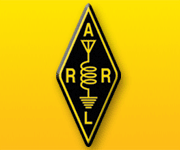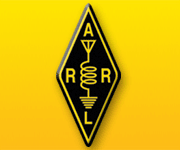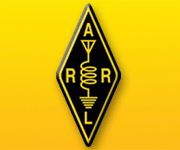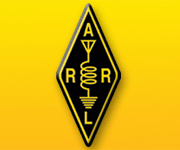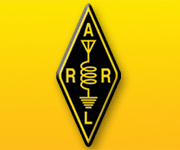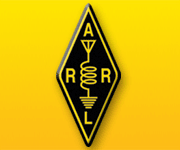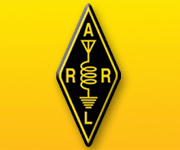2015 ARRL Field Day
Field Day is a great opportunity to get outdoors, gain experience assembling equipment in the rough, and operate a station under challenging band conditions. This year we operated QRP in the 11A Battery category from Mora Hill in Los Altos, California, overlooking the Silicon Valley from an elevation of 500 feet.
We had 3 HF CW stations, 3 HF SSB stations, an HF digital station, a Get On The Air (GOTA) station, and five VHF/UHF stations including at least one with satellite link capabilities. In spite of being limited to 5 watts, we succeeded in contacting all 50 states as well as Puerto Rico and Aruba. There was plenty of VHF activity to keep us busy on the 6-, 2- and 70 cm bands. And we made five satellite QSOs – not bad for 5 watts!
Our GOTA station (W6ZZZ) was particularly popular with plenty of drop-in visitors including a fair number of kids. In addition to having a great time, each year we work at improving our equipment, antennas and operating skills. This year we expanded our GOTA options by including a GOTA CW coach who introduced visitors (and a few rusty hams) to the fun of Morse code.
In order to minimize interference within our site, we took care to have HF transceivers with well-designed front-ends in order to minimize spur transmissions and receiver pumping/de-sensing. All of our site’s HF stations used Elecraft K3 or KX3 transceivers. We likewise set up our antennas in a line, all pointed at the East Coast, so the side lobe rejection helped reduce interference.
Being outdoors also meant that we got to put up wild-n-crazy antennas that our spouses and neighbors might never allow back home. We used two HF triplexers to simultaneously share a pair of HF tribanders between multiple stations on 10- 15- and 20 meters. If you’d like to build one for your club, you can learn how to build one in K6KV’s article in the June 2010 issue of QST. Other antennas at our site included three self-supporting 40m dipoles.
Band conditions were okay, although not as great as the previous few years. Solar flux over Field Day weekend was around 100. Geomagnetic conditions were likewise okay with a mid-latitude A index between 8 and 12. D-layer absorption wasn’t bad, and late night conditions on 40- and 80m were reasonably good. 20 meters was clearly the sweet spot with 15 meters a close second, but 10 meters was relatively quiet.
In summary, FD2015 was a real hoot! Be sure to let us know if you'd be interested in getting involved with our team in 2016. We tend to be especially short-handed between midnight and 7am. If you have any questions, you can reach us via CQFieldDay@gmail.com or view our Field Day plans at www.wvara.org.
-- K6EIBack
